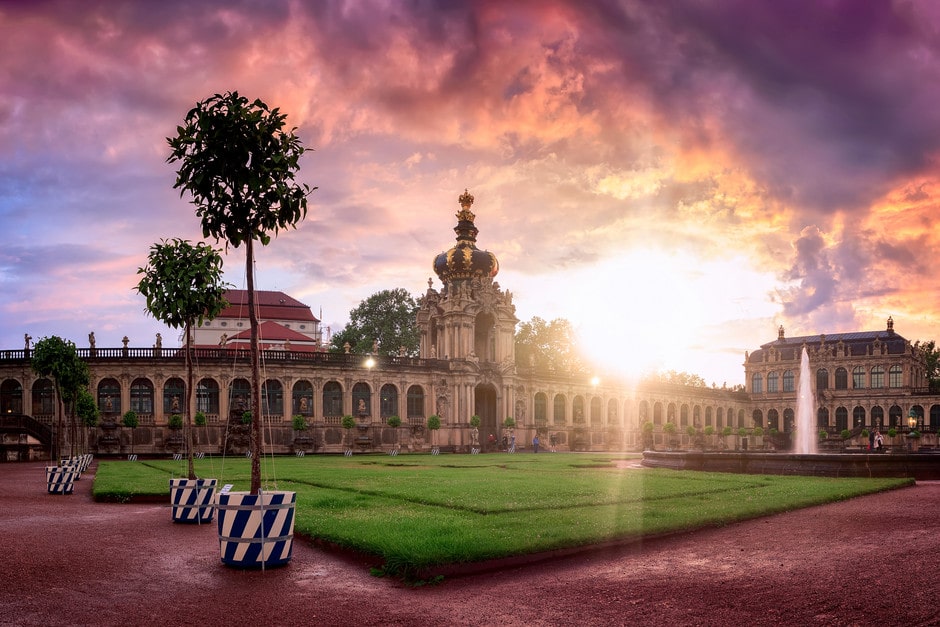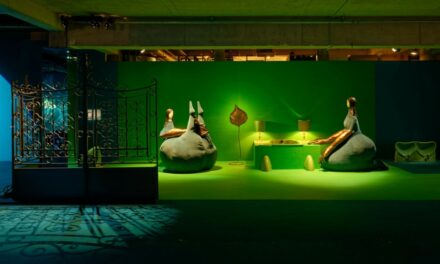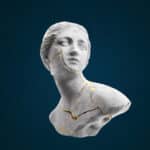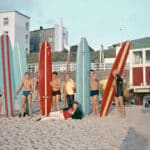The Dresden Zwinger in the heart of the Saxon capital is one of the most famous baroque buildings in Germany and, alongside the Frauenkirche, is probably the most famous monument in the city of Dresden. It houses world-renowned museums and is a stage for music and theater events.
The Zwinger is one of the most impressive buildings of the Baroque period. Augustus the Strong, Elector of Saxony and King of Poland, commissioned and initiated its planning and realization.
Matthäus Daniel Pöppelmann as architect and Balthasar Permoser as sculptor are the two outstanding virtuosos who made the Dresden Zwinger unique. Pöppelmann's famous copperplate engraving of his plans has been preserved to this day. 
The Zwinger was built at the beginning of the 18th century on a site that was once used to trap the enemy between the inner and outer fortification walls of the city. Remains of the mighty fortress wall are clearly visible in today's Zwinger moat. The building as it can be seen today was constructed over several years and in various stages.
The rampart pavilion and carillon pavilion in the middle of the arched galleries, the four corner pavilions and the long gallery with the crown gate in the middle symmetrically frame the rectangular courtyard, which is adorned with lawns and fountain basins. The Semper Building forms the end to the north.
In search of a winter home for his large collection of orange trees and other potted plants, Augustus the Strong commissioned his master builder Pöppelmann to construct an orangery in the Zwinger Gardens in 1709.
Later, the garden was also to be used for court festivities. The festive culture of the Baroque era served not only as amusement and entertainment for court society, but above all as a way of displaying wealth and sovereign power.
The Long Gallery was built in 1712 and the Crown Gate in 1714. The Zwinger was officially inaugurated in 1719 on the occasion of the wedding of Elector Friedrich August to the Habsburg Emperor's daughter Maria Josepha. However, the final completion of the buildings to house the royal collections did not take place until 1728.
The Zwinger was almost completely destroyed by the bombing raids on Dresden in February 1945. It was rebuilt from 1945 onwards. Parts could be reopened as early as 1960.
Today, three of the most renowned museums of the Dresden State Art Collections - the Porcelain Collection, the Mathematical-Physical Salon and the Old Masters Picture Gallery - are housed in the pavilions and galleries of the Zwinger and in the adjacent Semper Building.
The Zwinger courtyard is the perfect place for a stately stroll and to enjoy the water features, orange trees exude a Mediterranean flair in the summer months in the spirit of Augustus the Strong and the surrounding gardens with the Zwinger pond are an oasis of peace in the middle of the city.

















